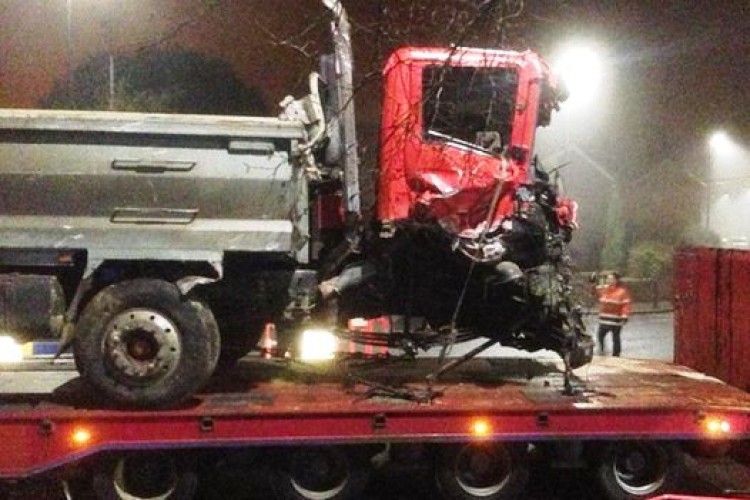Over the past couple of months alone there have been widely reported HGV incidents – several of them fatal – in Hartlepool, Edinburgh, Horncastle and Tutbury as well as on the M27 in Hampshire, the A74(M) in Dumfries & Galloway, the M40 in Oxfordshire and the M1 near Bedford.
According to the British Aggregates Association (BAA), “it is becoming increasingly clear that new regulations introduced to ‘improve road safety’ have had the opposite effect and people may be dying as a result”.
Last week a four-year-old girl and three adults were killed in Bath when an 18-year-old driver lost control of a 32-tonne tipper truck. Until recently, the minimum age for driving this size of truck was 21 and insurance restrictions and safety concerns normally meant that few drivers younger than 24 were actually allowed behind the wheel. However, there has been a mass exodus of experienced drivers from the industry and transport managers are forced to use less experienced, foreign and agency drivers to keep vehicles on the road.
BAA says that the problem started in 2005 when pressure groups successfully campaigned for the working time directive to be applied to the haulage industry even though other industries were able to opt out. According to the BAA, this prompted many experienced drivers to leave the industry. Owner-drivers also began to pack in as they could not afford to maintain and replace their trucks if restricted to working 48 hours per week. Few owner-drivers now remain, which has changed the nature of the industry. Owner-drivers tended to be more mature and had extra incentive to drive carefully and keep their vehicle well maintained, as they owned it. The BAA says that the impact of this reduction was camouflaged by the recession in 2008 and is only becoming apparent now that HGV traffic has returned to previous levels.

Policy makers then introduced a new regulation requiring all HGV drivers, irrespective of their experience, to undergo 35 hours of training by September 2014 to get a certificate of professional competence (CPC). They had to sit in a classroom for five 7-hour modules on such things as Eco driving and first aid or lose their right to drive. Under the new regime, they were permitted to take the same module five times and, the BAA alleges some foreign drivers passed without understanding a single word of English.
It is estimated that more than 20,000 lorry drivers changed jobs or retired rather than sit their CPC, compounding the shortage of experienced HGV drivers.
BAA director Robert Durward said: “For many years, the minimum driving age for heavy goods vehicles was set at 21. That said, very few 21 year olds were actually allowed onto the biggest trucks, having to start on light trucks and work their way up. However, thanks to the driver CPC scheme, not only are 18-year-olds able to obtain an HGV licence many of them are being allowed to drive maximum weight vehicles licence due to the acute shortage of drivers.”
He added: “It is highly likely that if none of the above measures had been introduced then a relatively inexperienced driver would not have found himself in a restricted area of Bath with such tragic consequences on the 10th of February.”
Got a story? Email news@theconstructionindex.co.uk



